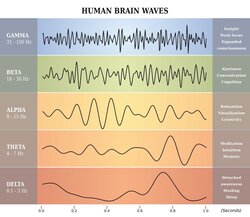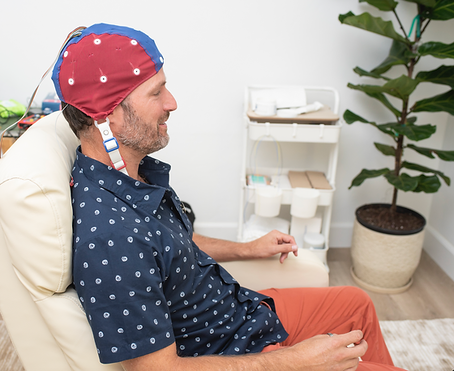/
- 1
- 2
- 3
- 4
- 5
We thought our son had ADHD, but the brain map revealed that he had nothing of the sort.
His emotional regulation center was overworking. and making him look inattentive.
We were thrilled to have an accurate and objective look at what's really going on.
He is now doing neurotherapy and we are already seeking tremendous results.
His emotional regulation center was overworking. and making him look inattentive.
We were thrilled to have an accurate and objective look at what's really going on.
He is now doing neurotherapy and we are already seeking tremendous results.
Mike
Aspen, Colorado
Aspen, Colorado
/
- 1
- 2
- 3
- 4
- 5
/
- 1
- 2
- 3
- 4
- 5
I flew in from New York to work with Dr. Jones.
The brain map was fascinating and I learned so much about myself.
I can now have a more accurate way of optimizing my brain, and myself!
The brain map was fascinating and I learned so much about myself.
I can now have a more accurate way of optimizing my brain, and myself!
Chris
New York NY
New York NY
/
- 1
- 2
- 3
- 4
- 5
- 0
- 1
What is Brain Mapping?
Brain Mapping is also known as QEEG (quantitative electroencephalogram). The QEEG produces a brain map that allows us to quantify the power, amount, distribution and ratio of various brain waves. To conduct the test, we place a comfortable cap on the individual’s head. The cap contains sensors that measure brainwaves of various frequencies. This is an entirely a non-invasive reading of the brain’s activity and frequency patterns.
Our brain cells communicate via electrical impulses, called brainwaves. These waves vary in speed and are associated with different activities, from problem-solving to sleep. The relative amounts and interactions between each type of brainwave affects how we think and feel: too much of one type might contribute to anxiety, too little of it might contribute to poor focus.
The good news is that we can encourage new brainwave behavior: we can teach the brain to increase one type of wave, or to balance the relationship between waves. This is one of neurotherapy’s primary goals, and the first step is to measure a person’s current brainwave behavior, through a process called brain mapping.
Our brain cells communicate via electrical impulses, called brainwaves. These waves vary in speed and are associated with different activities, from problem-solving to sleep. The relative amounts and interactions between each type of brainwave affects how we think and feel: too much of one type might contribute to anxiety, too little of it might contribute to poor focus.
The good news is that we can encourage new brainwave behavior: we can teach the brain to increase one type of wave, or to balance the relationship between waves. This is one of neurotherapy’s primary goals, and the first step is to measure a person’s current brainwave behavior, through a process called brain mapping.
What Research Shows About qEEG
There are thousands of research studies on qEEG for a wide variety of clinical uses, including memory problems, anxiety, depression, traumatic brain injury (TBI), ADD/ADHD, and processing issues in autism spectrum disorder (ASD). For example:
QEEG Research:
https://www.ncbi.nlm.nih.gov/pmc/articles/PMC7175442/
There are thousands of research studies on qEEG for a wide variety of clinical uses, including memory problems, anxiety, depression, traumatic brain injury (TBI), ADD/ADHD, and processing issues in autism spectrum disorder (ASD). For example:
- A distinctive brain wave pattern is associated with depression.
- Researchers have used qEEG to distinguish depression from other conditions, such as dementia, schizophrenia, and alcoholism.
- Memory issues typically show up as too much theta or too much delta activity
- Children and adults with ADD/ADHD tend to have high theta and delta brain wave activity, and kids and adolescents with ADD/ADHD tend to have lower beta brain wave activity compared those who don’t have the condition.
QEEG Research:
https://www.ncbi.nlm.nih.gov/pmc/articles/PMC7175442/



